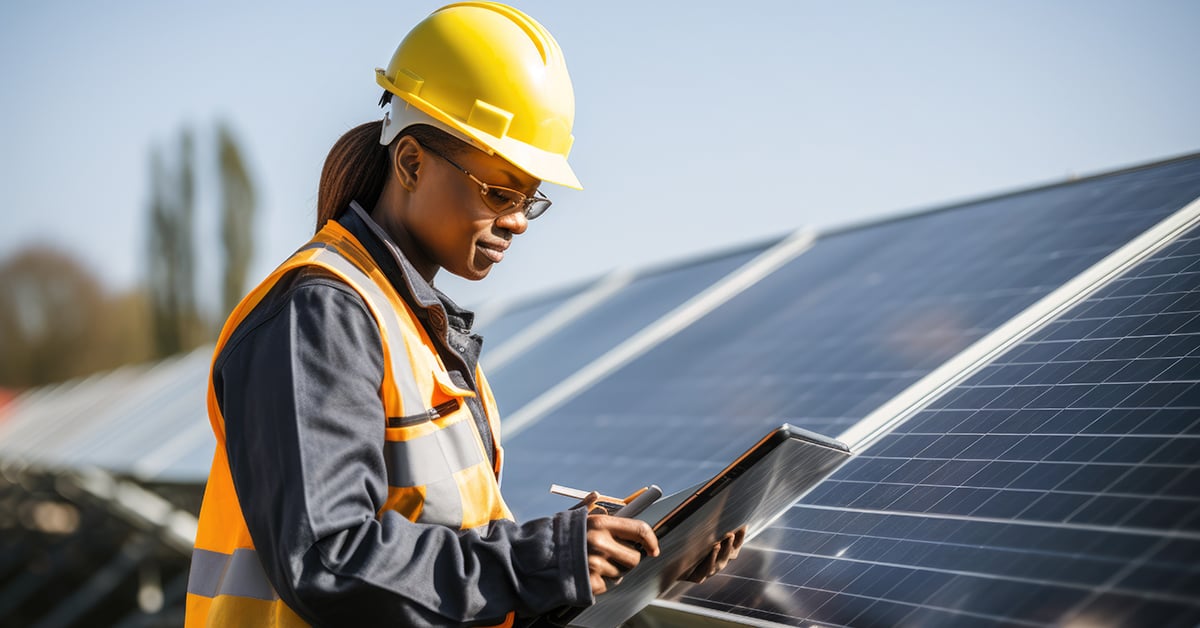|
The modern energy mix is more diverse than ever. Accelerated growth and innovation have resulted in a new generation of energy technologies to harness power from natural resources at various locations and scales, from individual microgeneration systems through to gigawatt-scale installations. DERs allow energy to be generated from these natural resources closer to where it will be used and create a more diverse range of generation sources, but this greater variability brings unique challenges for monitoring and control.
Large-scale DER installations are undoubtedly a positive addition to the energy network, but their integration and management is more complex than that of individual, smaller scale DERs. A rooftop solar panel, for example, is typically relatively simple to both install and run — they usually do not require complicated control mechanisms to function and to connect to the grid, and all components are often from a single vendor. When scaling up to large-scale DERs, operations immediately become less straightforward.
Energy scale and standard challenges
A utility-scale DER operation comprises vast amounts of equipment in addition to the energy capture assets. A typical installation will require large inverters, combiner boxes, trackers, weather stations or power switching equipment. As an example, a solar plant with a 500 MW (megawatt) capacity may use hundreds of inverters and thousands of trackers in its day-to-day operation. This equipment may come from different manufacturers and vendors with varying IT (information technology) and OT (operational technology) standards and requirements. All these assets need to be integrated to provide a holistic overview of the plant’s state and performance for effective operation and monitoring.
Maintaining grid balance and stability
What’s more, these utility-scale DERs are often connected directly to the grid. This connection requires the operation to function correctly and consistently to ensure accurate grid frequency and voltage. This relies on automated plant controllers and the transmission of telemetry data to the distribution network to maintain overall grid balance and stability.
Solutions for reliable and save energy projects
For efficient and effective operation of DERs, digital solutions are an invaluable tool. Renewable energy projects must be safe and reliable in the context of specific electrical parameters. The system must operate in line with defined rules in order maintain internal integrity and to help maintain the grid stability. The monitoring and flexible management of diverse generation assets can only be achieved with digital technology.
Agile energy asset orchestration
Digital technology on the OT side enables the monitoring and flexible orchestration of generation assets. Immediate, automatic responses are crucial for certain situations, including identifying and isolating malfunctions, instructing service teams and ensuring rapid problem resolution. Effective control of extensive systems like solar, wind, or battery farms rely on digital communication, advanced software visualization and intelligent algorithms for protection and automation.
Reliable digital data powers energy trading pools
Optimizing profitability within specified constraints is paramount. Detecting and correcting inefficiencies, adjusting to environmental conditions and coordinating system maintenance with production schedules are essential tasks. Additionally, participating in energy trading pools demands reliable digital information regarding production schedules and generative capacities. Successful operation within these parameters requires a holistic approach, leveraging digital technologies and intelligent algorithms for both stability and economic efficiency.
Advanced energy operation visuals
COPA-DATA's zenon software platform offers connectivity to many of the important components in large scale DER installations, including substation control and communication with regional and national control centers. Based on this, zenon can manage high volumes of data, and provide advanced visualization, control and analytics to optimally manage the facility. The system can be completely tailored to the needs of the respective users.
AI for energy generation efficiency
The integrated platform offers a variety of functions for robust networking, real-time data processing and flexible visualization both on site and remotely. It also has features ideal for supporting DER operation, for example, specialist cloud services such as weather forecasting or operational optimization for dedicated generation processes, based on machine learning and AI.
Utility-scale DERs represent an emission-free solution to generate energy and to diversify the overall energy mix, but they pose a challenge for both operators and the distribution grid.
Open, independent and future-proof solutions are essential in achieving safe, effective and economic operation of large-scale DERs. zenon offers an unparalleled mix of industry-proven functionality and IT and IoT based technologies, in order to achieve the perfect balance between robust system operation and innovative DER operation and monitoring.
To support industry professionals in integrating and managing DERs in the distribution grid, COPA-DATA is holding a free webinar in English on 20 February at 15:00 GMT, and in Spanish on 22 February at 20:00 GMT. You can register to attend here.
|

